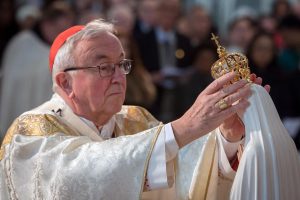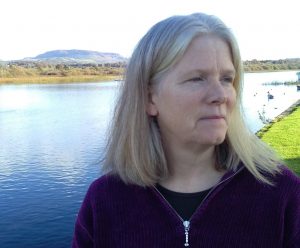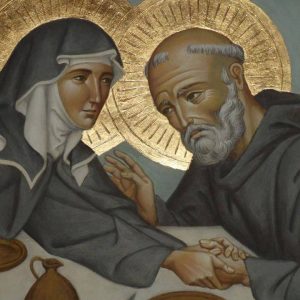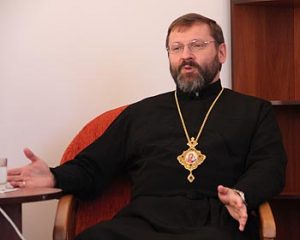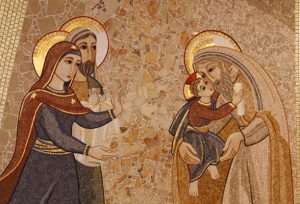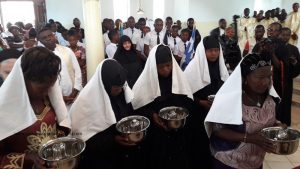 The Orthodox Church of Alexandria (Egypt and all of Africa) ordained a few women to the diaconate. His Beatitude Theodoros II, Pope and Patriarch of Alexandria and All Africa, did the ordination on February 17, 2017 in the Democratic Republic of Congo.
The Orthodox Church of Alexandria (Egypt and all of Africa) ordained a few women to the diaconate. His Beatitude Theodoros II, Pope and Patriarch of Alexandria and All Africa, did the ordination on February 17, 2017 in the Democratic Republic of Congo.
In a slight contrast, The Church of Greece officially “brought back” the female diaconate in 2004, though one Metropolitan had ordained a nun in 1986.
In this picture you see the women being tonsured a reader, which happens outside the altar (iconostasis) leading to being ordained deaconesses. A news brief is here.
Theologically in the Orthodox Church, ordination is not an ontological change. The Roman Church holds to a theology that says at priestly ordination the soul is changed ontologically. There is a hot debate in Roman Church about what happens to the man when ordained to the Order of Deacon (is there a change at the level of the soul?). That change happens when one receives the Mysteries of Initiation (scraments): baptism, chrismation Eucharist —one becomes a “new creation” in Jesus Christ. It may be more accurate to say that Pope Theodoros II consecrated but not ordained the women. In any event, this gesture is very significant and forward thinking and right.
Continuing in the ancient tradition Ordination, rather, is the setting apart for a specific task, for example as a reader, sub-deacon, deacon, priest, or bishop. Hence, the diakonia is lived according to rank: servant, elder, overseer. These women are being set aside for a specific task within the Alexandrian Church of Alexandria, a task which appropriately belongs to the order of deacons –the women were blessed into a minor order (cheirothesia). Yet, the exact nature of their diaconal ministry is unclear except to say they will be working for the mission of the Church. Also, absent from view is the liturgical text and rubrics used by the Alexandrian Pope. Some of the markers of this ordination are the towels and washing of the bishop’s hands, which are clearly pictured.
There is a Pan-Orthodox document (Consultation on Rhodes, 1988) stating that the church had, indeed, ordained females to the diaconate and recognized that, in some places, it had never fallen out of practice.
The Orthodox Church names women who fulfiled the ministry in the Order of Deacon and are saints: St Tatiana (January 12), St Olympias (July 25), and St Foebe (September 3).

